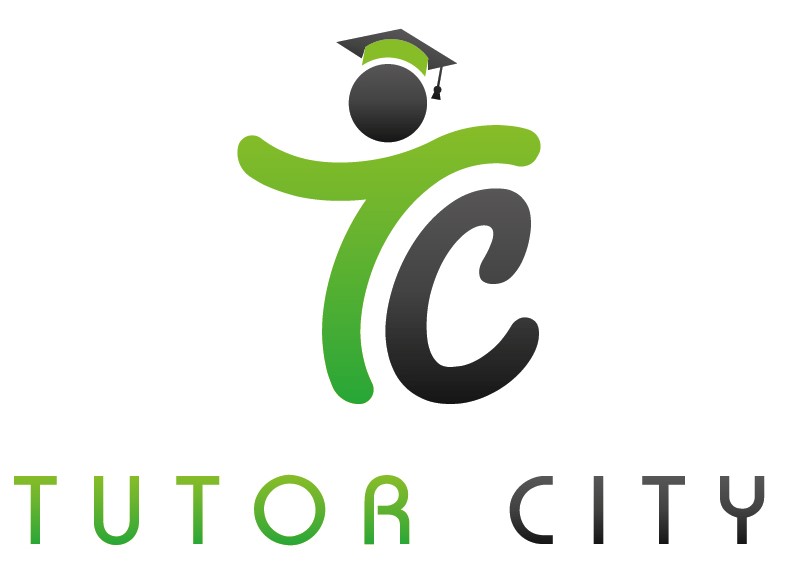
- Published by: Tutor City
- March 22, 2024
- Education
Improve Your Note-Taking Skills in Classes with Shorthand Writing
Shorthand writing is a technique that allows you to write faster by using symbols and abbreviations to represent words and phrases. This technique can benefit students who need to take notes during lectures. By using shorthand, students can keep up with the pace of the lecture, capture more information, and reduce the risk of missing important points.
Fundamentals of Shorthand Writing
Several shorthand systems are available, each with its own set of symbols and rules. Some of the most popular shorthand systems include Pitman shorthand and Gregg shorthand. While learning shorthand may seem daunting initially, it can become second nature with practice. This section will provide an overview of the historical context and modern shorthand systems.
Historical Context
Shorthand has been used for centuries, with the earliest known form dating back to ancient Greece. However, it wasn't until the 19th century that it became more widely used, particularly in journalism.
One of the most well-known shorthand systems is Pitman shorthand, which was developed by Sir Isaac Pitman in 1837. Pitman shorthand uses a series of lines and curves to represent sounds, which is still used today in some parts of the world.
Modern Shorthand Systems
Several modern shorthand systems are in use today, each with its own unique set of symbols and abbreviations. Some popular modern shorthand systems include Teeline, Gregg, and Speedwriting.
Teeline is a popular shorthand system in the UK used by journalists, secretaries, and students. It uses a combination of straight lines, curves, and circles to represent sounds, and it can be learned quickly and easily.
Gregg shorthand, developed by John Robert Gregg in the late 19th century, is widely used in the US. It uses a series of lines and curves to represent sounds and is known for its speed and efficiency.
Speedwriting is a shorthand system that was developed in the 1920s. It uses a combination of letters, numbers, and symbols to represent words and phrases, and it is beneficial for taking notes quickly during meetings and lectures.
Advantages of Shorthand in Note-Taking
In recent years, shorthand has become increasingly popular among students looking to improve their note-taking skills in class. Here are some of the advantages of shorthand in note-taking:
Speed and Efficiency
One of the biggest advantages of shorthand in note-taking is its speed and efficiency. By using shorthand, students can write down more information in less time. This is especially useful during lectures, where the professor may speak quickly and cover a lot of material. Shorthand allows students to keep up with the pace of the lecture and capture important points without falling behind.
Improved Comprehension
Another advantage of shorthand in note-taking is improved comprehension. When students use shorthand, they can focus more on the lecture's content and less on the mechanics of writing. This allows them to understand better and absorb the material being presented. Additionally, shorthand notes are often more concise and to the point, making them easier to review and study later.
Better Focus During Lectures
Finally, shorthand can help students stay focused during lectures. When students try to write down everything the professor says, they may become distracted and lose track of the lecture. Shorthand allows students to capture the most important points without getting bogged down in details, helping them stay engaged and focused throughout the entire lecture.
Overall, shorthand is a valuable tool for students looking to improve their note-taking skills in class. By allowing them to write more efficiently, comprehend better, and stay focused, shorthand can help students get more out of their lectures and achieve better academic results.
Incorporating Shorthand into Your Study Routine
Learning and Practising Shorthand
Learning shorthand may seem daunting at first, but with consistent practice, it can become a valuable tool for improving your note-taking skills. Various shorthand systems are available, such as Pitman, Gregg, and Teeline. It is recommended that you research and choose a system that suits your learning style and needs.
To start learning shorthand, consider investing in a good textbook or taking a shorthand course. Dedicating time to practising regularly and gradually building up your speed is essential. You can use online resources like dictation exercises to improve your accuracy and speed.
Integrating Shorthand with Traditional Notes
Integrating shorthand with traditional notes can help you to capture important information efficiently. One way to do this is to use shorthand for common words and phrases, such as "and," "the," and "in." You can also use shorthand for frequently used words in your subject area, such as "DNA" in a biology class.
It is crucial to develop a shorthand style that is easy for you to read and understand. You can use symbols, abbreviations, and even drawings to represent words and concepts. It is recommended that you keep a shorthand dictionary or list of your shorthand symbols for easy reference.
In addition to shorthand, it is still essential to take traditional notes, such as headings, key points, and summaries. This will help you to organise your thoughts and review the material later. A combination of shorthand and traditional notes is recommended to create a comprehensive set of notes.
Overcoming Challenges in Shorthand
Shorthand writing can be a highly effective tool for improving class note-taking skills. However, it has its challenges. This section will discuss some common pitfalls of shorthand writing and how to overcome them.
Common Pitfalls and Solutions
One of the most common pitfalls of shorthand writing is the tendency to write too quickly, resulting in illegible notes. To avoid this, it is important to practise writing at a comfortable pace and to focus on writing clearly, rather than quickly. It can also be helpful to use shorthand symbols and abbreviations that are easy to remember and accurately represent the words or concepts being written.
Another challenge of shorthand writing is the need to constantly switch between different shorthand systems or styles, depending on the subject matter being covered. To overcome this, it is important to develop a shorthand system that is flexible and adaptable and that can be easily modified as needed. It can also be helpful to create a shorthand "cheat sheet" that lists common symbols and abbreviations and their meanings.
Continual Improvement and Practice
Like any skill, shorthand writing requires continual improvement and practice. One effective way to improve shorthand skills is to practise writing shorthand regularly, even outside of class. This can help reinforce the shorthand symbols and abbreviations and develop a more intuitive sense of how to use them.
Another helpful strategy is to seek feedback from others, such as classmates or instructors, on the effectiveness of shorthand notes. This can help identify areas for improvement and refine shorthand techniques over time.
While shorthand writing can present some challenges, it is a valuable tool for improving note-taking skills in classes. By focusing on clear writing, developing a flexible shorthand system, and practising regularly, students can overcome these challenges and improve their shorthand skills over time.
The Bottom-Line
In conclusion, incorporating shorthand into your note-taking routine can significantly enhance your learning experience. By capturing key points quickly and efficiently, you can focus more on understanding the material and less on frantically scribbling everything down. If you're looking for extra help mastering shorthand or any other academic subject, consider seeking guidance from a qualified tutor. Tutor City, Singapore's leading tutoring agency, offers a wealth of resources and experienced professionals to help you excel in your studies.






